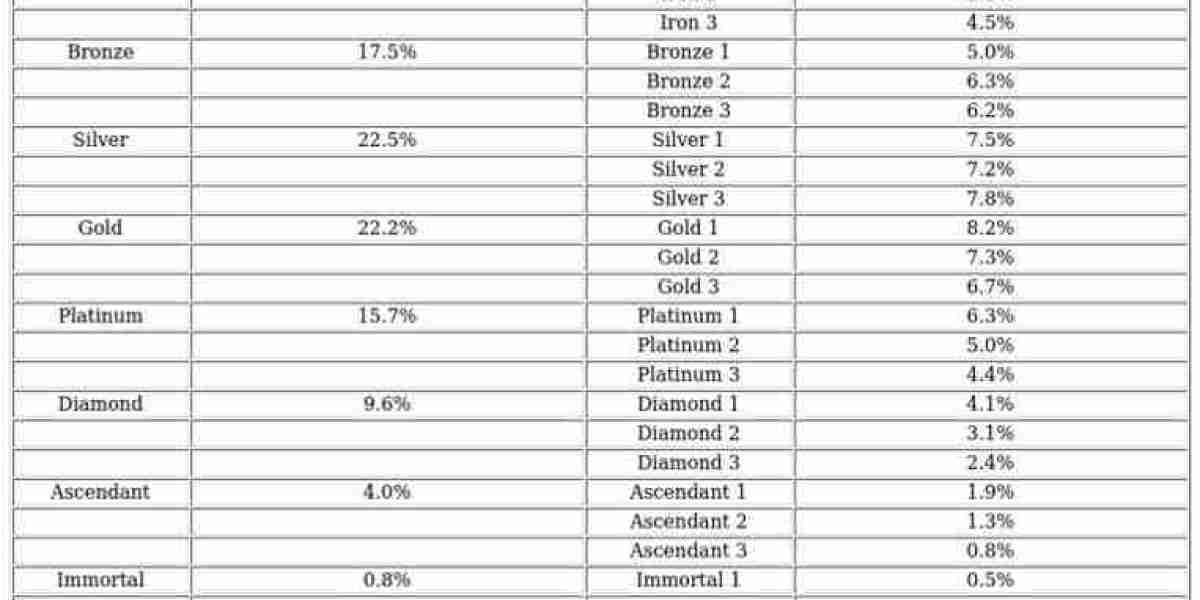The Buy Now Pay Later (BNPL) market has experienced significant growth in recent years, emerging as one of the most prominent and disruptive trends in the global financial landscape. This payment option, which allows consumers to purchase goods and services immediately and defer payment over time, has gained widespread popularity, particularly among younger consumers. The BNPL model is reshaping the way people shop and manage their finances, influencing both retail and financial sectors.
What is Buy Now Pay Later?
BNPL is a financing option that allows consumers to purchase items online or in-store and pay for them in installments, typically without interest if the payments are made on time. It provides an alternative to traditional credit cards or loans, offering a more flexible and convenient way to manage payments. BNPL services are usually provided by fintech companies, which partner with merchants to offer these payment options at the checkout stage. Popular providers such as Afterpay, Klarna, Affirm, and Sezzle have become household names, each with its unique features and offerings.
Drivers of Growth in the BNPL Market
The BNPL market has flourished due to a combination of factors that appeal to both consumers and merchants. One of the primary drivers is the increasing shift towards e-commerce and digital payments. As more consumers shop online, BNPL offers a seamless and immediate way to finance their purchases. This shift has been further accelerated by the COVID-19 pandemic, which forced many businesses and consumers to adapt to online shopping.
Another major factor driving the BNPL market is the demand for financial flexibility. Traditional credit options, such as credit cards and personal loans, often come with higher interest rates and more rigid terms. In contrast, BNPL options typically offer zero-interest installments if the consumer repays within the agreed-upon period, making it an attractive alternative. The ease of use, minimal documentation, and instant approval process further contribute to the appeal of BNPL services.
Additionally, the rising millennial and Gen Z populations are more likely to embrace BNPL because they are more tech-savvy and prefer alternative payment methods. These generations are also more likely to avoid traditional credit due to concerns about debt and interest rates, making BNPL a favorable option.
Market Expansion and Competitors
As demand for BNPL services continues to grow, more companies are entering the market, intensifying competition. Established payment processors such as PayPal and Visa have also developed their own BNPL solutions, recognizing the potential of the sector. This influx of new players has led to more innovative features, such as longer repayment periods, more flexible payment schedules, and partnerships with a broader range of retailers.
The competition has also expanded globally, with BNPL providers targeting markets beyond North America and Europe. Asia-Pacific, in particular, has become a key growth region due to the rising middle class, increased smartphone penetration, and expanding e-commerce industry. Companies are now seeking to expand their offerings to emerging markets where consumers may have limited access to traditional credit options but are still eager to make purchases.
Regulatory Concerns
Despite its rapid growth, the BNPL market has faced scrutiny from regulators concerned about the potential for consumers to accumulate unmanageable debt. While BNPL options are often marketed as a debt-free way to shop, the ease of access and lack of stringent credit checks have raised concerns that consumers might take on more purchases than they can afford, leading to financial hardship.
In response, regulatory bodies in various countries, including Australia, the United States, and the United Kingdom, have begun to introduce guidelines and regulations for BNPL services. These regulations typically focus on ensuring clear disclosure of terms and conditions, as well as responsible lending practices. Some jurisdictions have even proposed imposing caps on late fees and interest charges to prevent exploitative practices.
The ongoing regulatory discussions will likely play a key role in shaping the future of the BNPL market. While regulators seek to protect consumers from over-indebtedness, they also recognize the benefits of BNPL services, such as increased consumer spending and the democratization of credit access.
Future Outlook
The future of the BNPL market appears promising, with continued growth expected as both consumer demand and merchant adoption increase. With the global economy slowly recovering from the impacts of the COVID-19 pandemic, the demand for flexible payment options is likely to remain strong, especially in sectors like retail, travel, and entertainment.
Innovations in technology, such as the integration of BNPL services with digital wallets and mobile payment platforms, will further enhance the convenience and accessibility of these services. As more consumers turn to mobile-first solutions, BNPL providers will likely continue to develop apps and platforms that cater to this demand, ensuring that consumers have easy access to financing options at their fingertips.
However, the market will need to address regulatory challenges to sustain its growth. As more governments and financial institutions monitor BNPL services, companies will have to adjust their offerings to comply with new rules and ensure that they are lending responsibly. If the industry can balance growth with consumer protection, BNPL is poised to remain a central player in the evolving landscape of digital payments and consumer finance.
In conclusion, the Buy Now Pay Later market has become a transformative force in consumer finance, offering flexibility and convenience in a rapidly changing digital economy. With continued innovation and a focus on responsible lending, BNPL services will likely continue to shape the future of how people shop and manage their finances.



